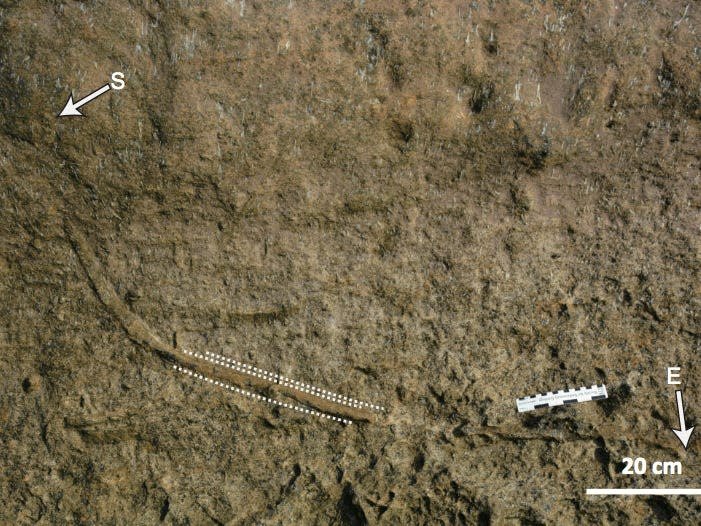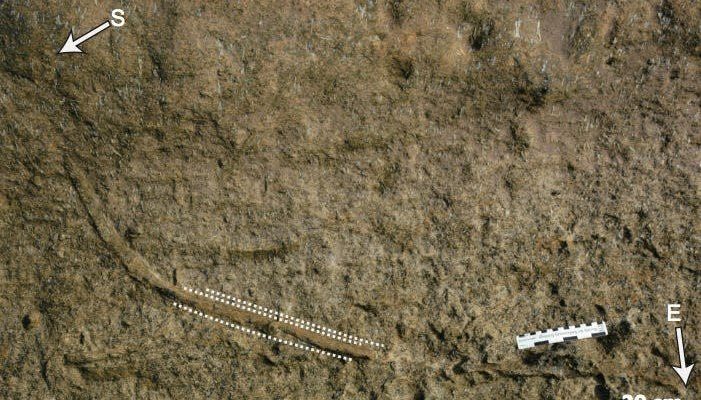
The Bobbit worm, scientifically known as *Eunice aphroditois*, is more than just a marine oddity. Its fossils provide us with valuable insights into ancient oceans and the ecosystems they supported. These fossils help scientists understand how life has evolved over millions of years, informing everything from biology to climate science. So, grab your coffee, sit back, and let’s dive into the world of Bobbit worm fossils!
What Are Bobbit Worms?
Before we get into the fossils, let’s talk a bit more about Bobbit worms themselves. These creatures are part of a group called annelids, which includes other well-known critters like earthworms and leeches. Bobbit worms are distinct because of their impressive length—some can grow over three meters!
They live in burrows on the ocean floor, blending in with their surroundings. When prey like fish swims by, the Bobbit worm strikes with lightning speed, using its sharp jaws to capture its meal. You might be wondering what makes these worms so special. Well, they have a reputation for being fierce predators, and their hunting tactics are nothing short of incredible. Picture a lion lying in wait, but instead, it’s a worm using its camouflage to snag a snack!
The Importance of Fossils
Now, let’s shift our focus to why fossils are so important, especially those of the Bobbit worm. Fossils give us a snapshot of life from different eras. They tell stories about our planet’s past, showing the types of organisms that existed, how they lived, and how they interacted with their environment. This is especially fascinating for a creature like the Bobbit worm, which has existed for millions of years, leaving behind clues to its evolutionary history.
Bobbit worm fossils can be found in various rock formations, often associated with marine deposits. These fossils are usually in the form of burrows, which can give us insights into the habitat these worms thrived in. By studying the fossilized burrows and remnants, scientists can piece together the ecosystems of ancient oceans and how they compare to today’s marine environments.
How Are Bobbit Worm Fossils Formed?
The process of fossilization is a bit of a scientific magic trick that takes time—often millions of years. When a Bobbit worm dies, its soft body decomposes relatively quickly. However, if the conditions are just right, the burrows it created can be preserved in sediment. Over time, layers of sediment build up and harden into rock. This process is known as lithification.
In many cases, the soft parts of the worm don’t survive, but the structure of its burrow can be preserved. These remnants can tell scientists where the worms lived, how they hunted, and even what the climate was like at that time. The shapes and patterns of the burrows can indicate the behavior and size of the worms, helping researchers understand their adaptation over time.
Fossil Sites and Discoveries
Bobbit worm fossils have been discovered in various locations worldwide, showing just how widespread these creatures have been throughout geological history. Some of the most notable fossil sites include marine deposits from the Paleozoic and Mesozoic eras, where the conditions were ideal for preserving their burrows.
For example, fossils found in areas like the Carboniferous period show evidence of larger Bobbit worm species that roamed the oceans. Each discovery adds a new piece to the puzzle of marine evolution. You can think of it like finding pieces of an ancient jigsaw puzzle where each piece reveals more about the world these worms lived in.
Different fossil sites can vary in age and quality, which makes certain finds particularly exciting for paleontologists. Every new discovery can lead to revelations about how these spells of nature influenced the marine ecosystems of their time.
The Role of Bobbit Worms in Ancient Ecosystems
Bobbit worms were not just solitary predators; they played a crucial role in their ecosystems. As fierce hunters, they likely kept populations of smaller fish and other marine animals in check, contributing to a balanced ecosystem. This balance is important for the health of any environment, preventing overpopulation and supporting a diverse range of species.
By examining Bobbit worm fossils alongside other marine life, scientists can understand how these creatures interacted with their environment. This includes the types of prey they relied upon, the conditions of the ocean they inhabited, and how those ecosystems changed over time.
Putting it all together, studying these ancient annelids helps us grasp the complexity of marine life and how ecosystems function. The insights we gain from Bobbit worm fossils can even inform current conservation efforts. Understanding how past ecosystems operated can guide us in preserving today’s marine environments.
Lessons from the Past: What Bobbit Worm Fossils Teach Us
In a way, studying Bobbit worm fossils is like looking into a time capsule. They provide a window into a world long gone and offer lessons about resilience and adaptation. These worms have survived mass extinctions and significant changes in climate over millions of years.
What can we learn from them? For one, the importance of adaptability in the face of change is a key takeaway. Different conditions favored certain traits, leading to the evolution of the Bobbit worm into the fascinating predator we see today. This adaptability shows how species can survive dramatic shifts in their environment, a lesson that’s critical for us as we face climate change today.
Additionally, Bobbit worm fossils remind us to value biodiversity. The variety of life forms that have existed contributes to the rich tapestry of our planet. Protecting marine environments helps ensure that the next chapter of evolution can unfold without interruption.
Bobbit worm fossils offer us a unique glimpse into ancient marine life and the ecosystems of the past. From their fierce hunting skills to the insights they provide about the evolution of species, these annelids are more than just remnants of a bygone era. They remind us of the intricate balance of ecosystems and the importance of adaptability in nature.
So, the next time you hear about fossils, think of the Bobbit worm and the stories they tell. They’re not just ancient creatures; they’re a connection to our planet’s history, helping us understand where we’ve come from and where we might be going. Embracing this knowledge can help us appreciate the delicate balance of life around us today.

